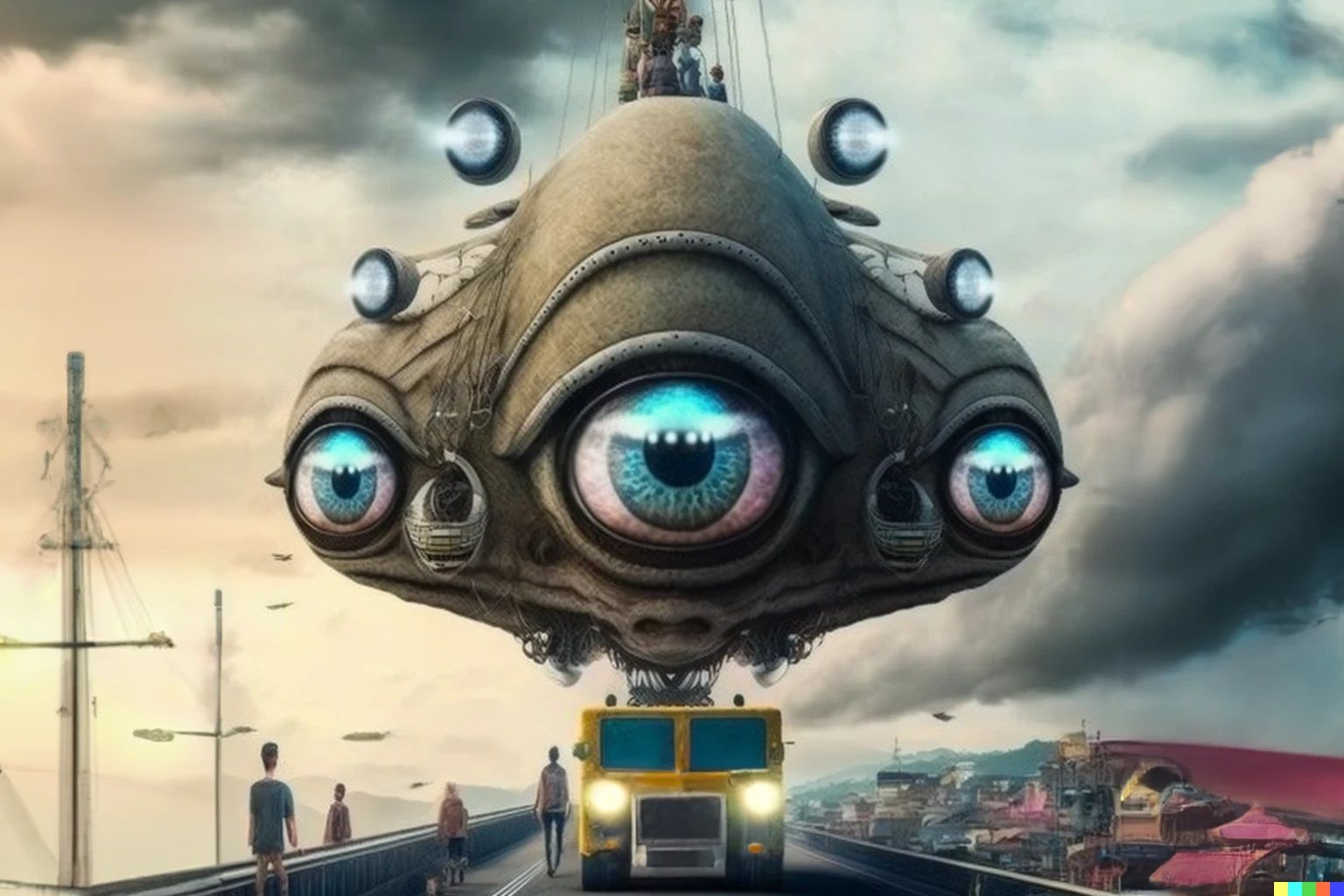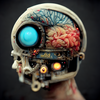Ai Will Solve This Huge Problem In Your Lifetime

Cars are a perfect example of human ingenuity and chaos. They have helped society move forward in ways that have benefited everyone, but there is a cost. The sound of screeching tires followed by a crash of metal is a haunting reminder of this. And we all hate constant beeping and the stop-and-go of urban traffic (which happens in suburbs too, as I've learned over the years).
But what if we can capture the human ingenuity and prevent the chaos? That's hard for humans to do. And that's why we have AI.
Most people think of self-driving cars when they think about ways in which AI will revolutionize society.
According to the National Highway Traffic Safety Administration (NHTSA), there were 42,915 people killed in motor vehicle crashes in the United States in 2021. This is a 10.5% increase from the 38,824 fatalities that were reported in 2020. In addition, there were 2,282,015 injuries reported in 2021, which is upwards of 6,000 per day. Not to mention the average American spends dozens of hours per year in traffic.
We recently discussed how AI is the tool that will prolong life and move humanity toward immortality.
Self-driving cars are one of the ways this will happen.
There is no doubt that self-driving cars are going to change the world. They have the potential to revolutionize the way we live, work, and travel. With self-driving cars, we will be able to get from point A to point B without having to worry about traffic, parking, or directions. These cars will also be able to communicate with each other to avoid accidents and congestion. The possibilities are endless and the potential benefits are huge.
Self-Driving Cars, Today
Self-driving cars are currently being developed by many companies, including Google, Tesla, and Volvo. The technology is still in its early stages, but it is constantly improving. The current features of self-driving cars include the ability to sense the environment around them and make decisions accordingly, the ability to communicate with other cars and infrastructure, and the ability to safely drive in most weather conditions.
Everyone thinks of Tesla when it comes to self-driving technology. Tesla's self-driving car is one that is capable of sensing its environment and navigating without human input. The car uses a combination of sensors and software to interpret the world around it, and it can be programmed to follow a specific route or destination. Tesla's self-driving car is an available feature on new models, but can also be bought as a package on their older models purchased without it.
Yet, there are some limitations to Tesla's auto-pilot mode. It is not yet able to drive in all weather conditions. The car is also not able to drive in areas where there is no GPS signal. Another limitation is that the car is not able to drive on all types of roads, such as dirt roads.
This is not ideal for some users.
Self-Driving Cars, Tomorrow
The future of self-driving cars is exciting. Like, really, really exciting. Here's what you can expect.
- Intentionally lose focus. The modern, self-driving vehicle will also have an array of entertainment features, but use of these are discouraged while deploying auto-pilot. Drivers are encouraged to keep their eye on the road and be prepared to grab the wheel and regain control of the car. Soon, self-driving technology will be sophisticated to the point where drivers are able to read, work, and maybe even nap. Traffic won't matter - you'll be napping while getting a massage from your seat. That's how good it will be. But something needs to happen first...
- Vehicle to vehicle communications. Once self-driving vehicles are able to communicate with one another, they will be able to eliminate most vehicular accidents, traffic, injuries, and deaths. For example, Tesla vehicles broadcast a unique ID via Bluetooth Low Energy (BLE). With a software update, Tesla could allow cars to communicate with each other, though with some limitations, which would allow them to process other vehicles' speed, direction, and route. This is all the information AI needs to recognize the vehicles around them and collaborate with them to move to its destination as fast as possible without hitting another vehicle or object. This would also solve the issue of traffic.
- Preferences. Did you enjoy the route today? Give your Tesla a thumbs up or thumbs down, and maybe a reason, to avoid the roads you hate and the roads you enjoy. Maybe your self-driving car will take you a new route with stunning views. Soon.
Self-driving cars are the one AI solution that can't come soon enough for every driver. Hurry, Elon.
Stay ahead of the curve - join the parti and stay up to date on all current and future AI solutions.
